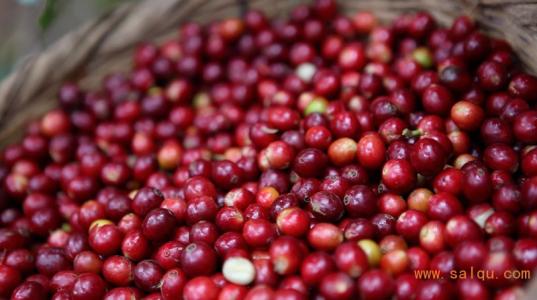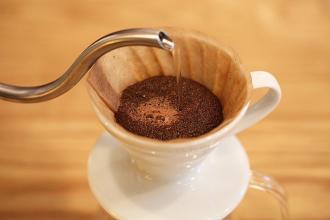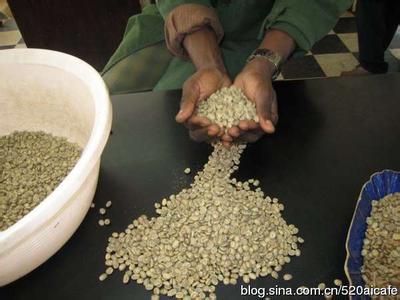What is the caffeine content of normal espresso? A brief introduction to flavor description and taste
What is the caffeine content of normal espresso? Flavor Description Taste Profile
Caffeine content in coffee varies widely. A study published in the Journal of Analytical Toxicology found that a 16-ounce serving of one famous brand of coffee contained 100 milligrams more caffeine than an equivalent amount of other coffee. The study also showed that even coffee of the same brand can vary in caffeine content by as much as 300 milligrams per bottle. Dr. London says a 16-ounce cup of standard coffee contains between 90 and 225 milligrams of caffeine
Espresso is the most fragrant coffee that does not interfere with sleep. Espresso does not contain more caffeine than other coffees because it tastes stronger.
Espresso has the lowest caffeine content of any caffeine preparation because coffee and water contact is the shortest during the preparation process. Espresso has about a quarter of the caffeine content of plain coffee and 1/8-1 /10 of instant coffee.
Ice cubes make iced coffee.
Coffee or tea is a hobby drink, because everyone's brewing method and preference is different, so the brewing concentration varies greatly. If brewed according to the method on the coffee package sold on the market, 120cc of coffee will generally contain 60 to 100mg of caffeine. This is the same amount of caffeine as in a cup of espresso coffee (30·c).
If it's tea, fried tea (120cc) contains 2omg of caffeine, and black tea (120cc) contains 30mg of caffeine. Compared with tea, coffee has higher caffeine content.

Important Notice :
前街咖啡 FrontStreet Coffee has moved to new addredd:
FrontStreet Coffee Address: 315,Donghua East Road,GuangZhou
Tel:020 38364473
- Prev

Hand brewed coffee water powder proportion step diagram
Hand coffee powder proportion steps diagram Water temperature: boiling water poured into the cold hand washing pot is basically about 95 degrees, at this time to grind beans (I use electric mill, hand or first grind or water into cold white) Just like DIMLAU said, 95 degrees to start steaming, when the pot of water 90 degrees can start washing, basically the water temperature has been in the right state, no thermometer also do not use
- Next

Flavor description of Arakabi coffee beans A brief introduction to the characteristics of taste treatment and the origin of varieties
Introduction to the flavor description and taste treatment of Arabica coffee beans the habit of baking and drinking was cultivated in the 13th century and introduced into Europe through the Arab world in the 16th century, and further became a favorite drink of people all over the world. Its excellent flavor and aroma make it the only coffee among these native species that can be drunk directly and alone. Because it has long been popular in the Arab world.
Related
- Beginners will see the "Coffee pull flower" guide!
- What is the difference between ice blog purified milk and ordinary milk coffee?
- Why is the Philippines the largest producer of crops in Liberia?
- For coffee extraction, should the fine powder be retained?
- How does extracted espresso fill pressed powder? How much strength does it take to press the powder?
- How to make jasmine cold extract coffee? Is the jasmine + latte good?
- Will this little toy really make the coffee taste better? How does Lily Drip affect coffee extraction?
- Will the action of slapping the filter cup also affect coffee extraction?
- What's the difference between powder-to-water ratio and powder-to-liquid ratio?
- What is the Ethiopian local species? What does it have to do with Heirloom native species?

